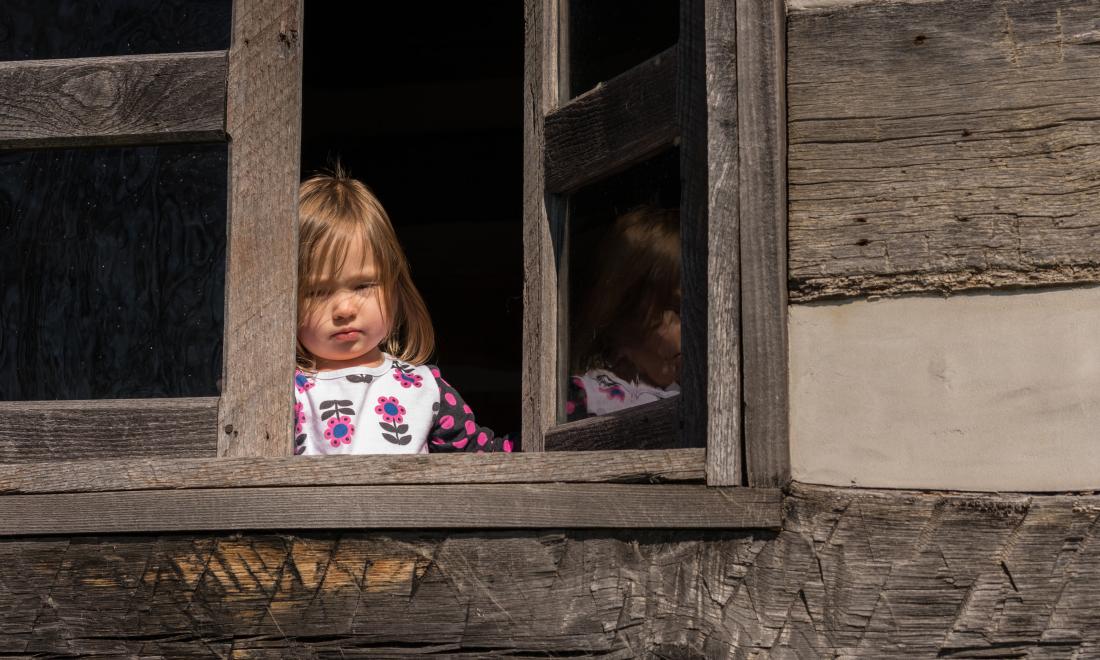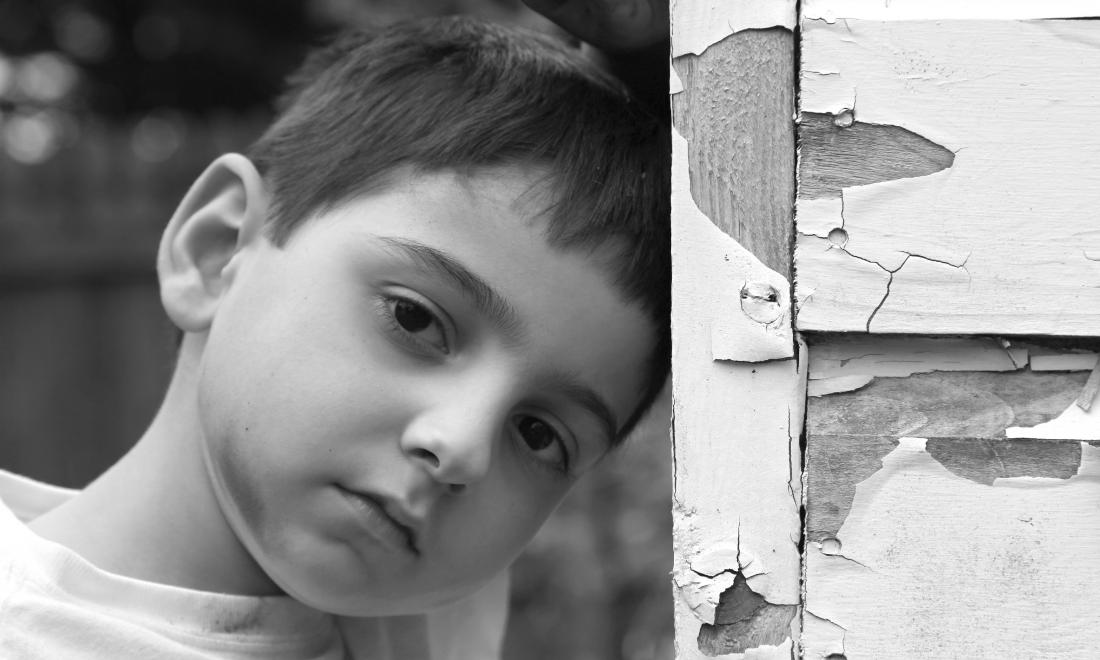The aim of NEW NOLA is to describe and explain demographic trends in New Orleans’ population from before Hurricane Katrina to the 10th anniversary of the storm using the Census Bureau’s American Community Survey (ACS).
NEW NOLA is one of five KATRINA@10 Projects whose shared aim is to advance disaster science by providing a temporal perspective with longitudinal data and to assess variability in long-term disaster recovery among a wide range of exposed and displaced populations.
Change in New Orleans’ population after Hurricane Katrina was principally due to migration, rather than the balance of births and deaths. Hence, NEW NOLA focuses on in- and out-migration flows and their sociodemographic composition in each post-Katrina year relative to the non-migrant and the pre-Katrina populations. This temporal perspective allows us to discern how New Orleans recovered its population after Hurricane Katrina and whether and when the relative proportion of each socio-demographic group differed from that of the pre-Katrina population.

NEW NOLA provides a long-term perspective on the impact of Hurricane Katrina. By joining demography and disaster research and “putting people into place” it advances these two scientific fields and focuses attention on disaster-driven migration, a topic of growing concern under conditions of global climate change.
Elizabeth Fussell, who is the principal investigator on this project, conducts research on New Orleans that extends beyond NEW NOLA. Click here for a list of related publications.





